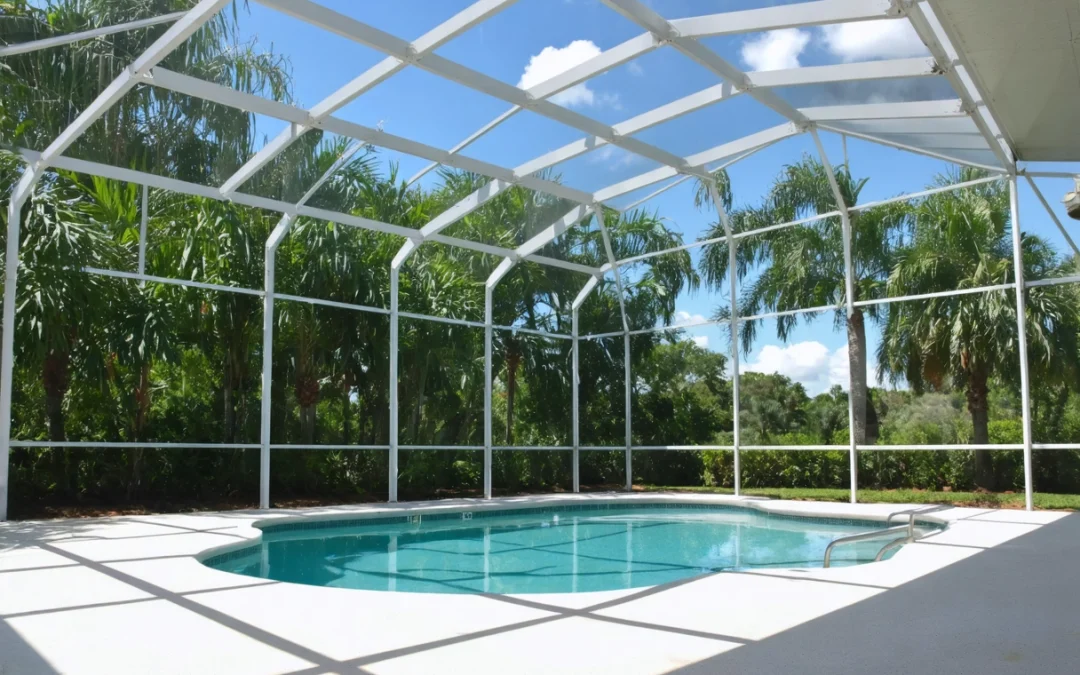Ultimate Guide to Maintaining Your Aluminum Enclosures in Southwest Florida’s Climate
Living in Southwest Florida means enjoying beautiful weather, scenic coastal views, and lush landscapes. However, it also means dealing with a unique blend of environmental challenges such as intense sun, heavy humidity, salt air, and frequent rainstorms. For homeowners and business owners who rely on aluminum enclosures—whether for lanais, porches, pool cages, or screen rooms—understanding how to properly care for and maintain these structures is essential. This comprehensive guide arms you with everything you need to know about keeping your aluminum enclosures strong, attractive, and functional in Southwest Florida’s demanding climate.
We’ll dive into the science behind aluminum’s durability, the specific threats posed by the local environment, expert cleaning and maintenance routines, proactive repair strategies, and advanced tips for long-term protection. Whether you’re a new resident or a seasoned Floridian, this guide will help you extend the life and beauty of your aluminum investments.
Why Aluminum Enclosures Are Popular in Southwest Florida
Aluminum is the material of choice for enclosures in this region for several compelling reasons. First, it’s lightweight and easy to work with, making installation and customization straightforward. More importantly, aluminum offers exceptional resistance to corrosion, which is crucial in coastal environments where salt-laden air can rapidly degrade other metals.
Moreover, aluminum enclosures are low-maintenance compared to wood or steel, and they can be powder-coated in a wide range of colors for enhanced aesthetics and additional protection. Their strength-to-weight ratio means they can withstand high winds and stormy weather, which is vital during hurricane season. For more details on aluminum’s properties, visit this in-depth overview of aluminum metal characteristics.
Understanding the Southwest Florida Climate and Its Effects on Aluminum
Southwest Florida’s subtropical climate poses unique challenges for outdoor structures. The combination of high humidity, frequent rainfall, and proximity to the Gulf of Mexico creates a perfect storm for corrosion and wear. In addition, the region’s intense ultraviolet (UV) radiation can degrade finishes and accelerate fading.
Salt in the air, carried inland by ocean breezes, is particularly aggressive. While aluminum naturally forms a thin oxide layer that helps resist corrosion, the persistent presence of salt can eventually breach this barrier, leading to pitting, oxidation stains, and even structural weakening if not addressed. Understanding these environmental factors is critical for developing an effective maintenance plan for your aluminum enclosures.
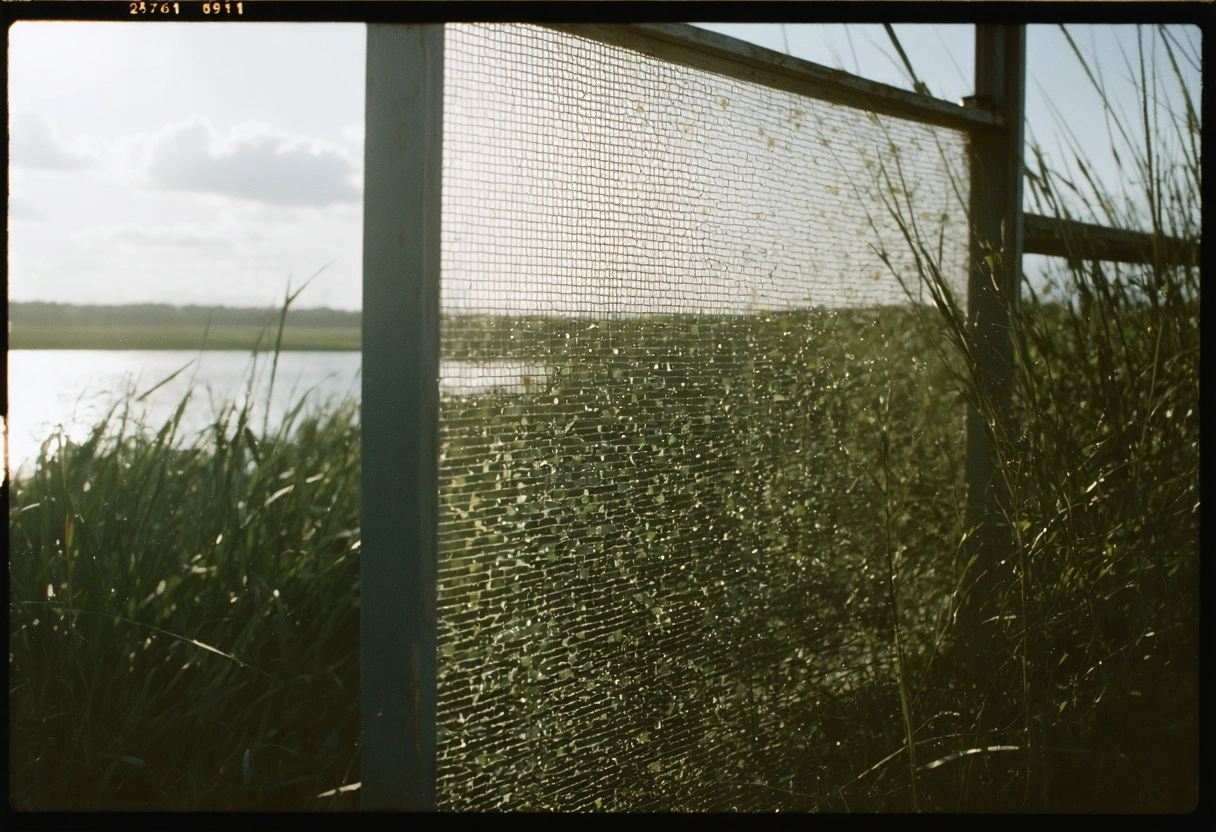
Common Issues Faced by Aluminum Enclosures in This Region
- Salt Corrosion: Saltwater particles can settle on enclosure surfaces, gradually eating away at the protective coating and underlying metal.
- Mold and Mildew: High humidity and frequent rain create the perfect conditions for mold and mildew to form on both the aluminum and screening materials.
- Fading and Chalkiness: UV rays break down paint and powder coatings, leading to a faded, chalky appearance over time.
- Structural Fatigue: Repeated exposure to wind, especially during storm season, can cause joints, fasteners, and frames to loosen or bend.
Knowing what to watch for helps you take swift action to prevent minor issues from becoming major headaches.
Routine Cleaning: The Cornerstone of Aluminum Enclosure Maintenance
Consistent cleaning is your first and most important line of defense against the climate’s harsh effects. By removing salt, dirt, pollen, and organic debris, you preserve the integrity of the protective coatings and minimize opportunities for corrosion to take hold. The frequency and methods of cleaning depend on your proximity to the coast, the amount of surrounding vegetation, and recent weather events.
Best Practices for Cleaning Aluminum Enclosures
- Rinse with Fresh Water: Start by hosing down the entire enclosure with fresh water. This helps remove loose dirt, salt, and debris. If you live very close to the beach, aim to do this at least once a week.
- Use a Mild Detergent: Mix a few drops of gentle dish soap with warm water in a bucket. Avoid harsh chemicals or abrasive pads, as these can scratch or damage the finish.
- Soft Cloth or Sponge: Gently scrub all surfaces, paying extra attention to corners and joints where salt and grime tend to accumulate. For stubborn spots, use a soft bristle brush.
- Rinse Thoroughly: After scrubbing, rinse the enclosure again to remove soap residue. Residual soap can attract more dirt if left to dry.
- Drying: Allow the enclosure to air dry, or use a soft towel to prevent water spots in shaded areas.
For a deeper dive into safe cleaning agents and techniques, consult this expert guide to cleaning aluminum.
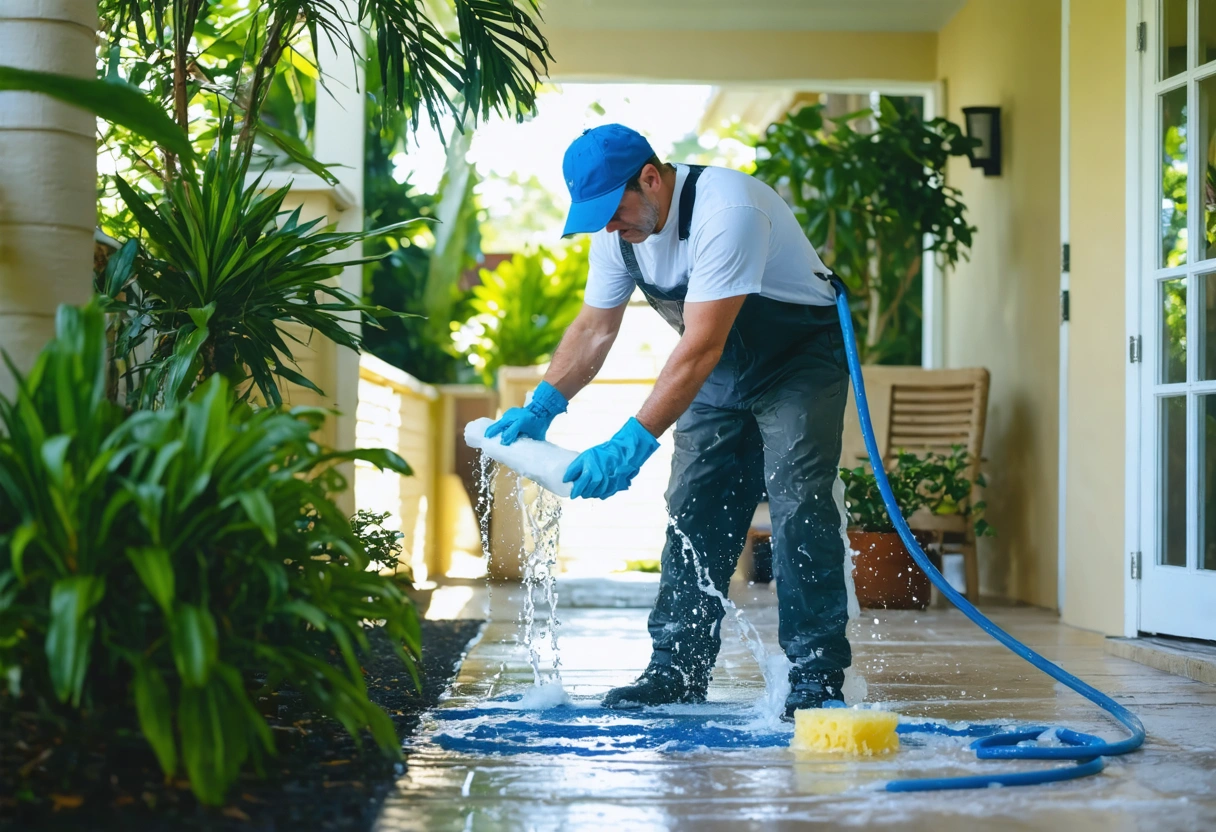
Special Considerations for Pool Enclosures and Screens
If your aluminum enclosure features screens, be careful not to apply excessive pressure during cleaning, as this can detach or tear the mesh. Pool enclosures are particularly vulnerable to chemical buildup from pool water, which may contain chlorine or other sanitizers. Rinse thoroughly after storms or heavy pool use to prevent chemical residue from accelerating the breakdown of coatings.
Protecting Aluminum Finishes in Coastal Conditions
Protective finishes, such as powder coating or high-quality paint, offer an additional layer of defense against the elements. However, even the best finishes can degrade over time when exposed to Southwest Florida’s harsh climate. Taking steps to maintain and, when necessary, renew these finishes will dramatically extend the life of your enclosure.
Powder coating is especially popular for aluminum structures because it forms a tough, durable barrier. Nevertheless, chips, scratches, and abrasions can expose bare metal, creating entry points for salt and moisture. Regular inspection and timely touch-ups are key. For more information about powder coating technology and its benefits, check out this comprehensive article on powder coating.
How to Preserve and Restore Aluminum Finishes
- Apply Protective Waxes or Sealants: After cleaning, consider applying a silicon-based wax or sealant designed for metal surfaces. This adds a water-repellent layer, helping to shed water and salt.
- Touch Up Chips Promptly: If you notice any chipped or scratched areas, touch them up with a matching paint or clear sealer to prevent corrosion from starting.
- Inspect Annually: At least once a year, do a thorough inspection of all surfaces. Look for dullness, chalkiness, or rough patches that signal the need for professional refinishing.
Proactive Repair Strategies for Aluminum Enclosures
Early detection and prompt repair of minor issues can prevent costly and extensive damage down the road. The climate in Southwest Florida can turn a small problem—like a loose fastener or a tiny crack—into a major failure after a single storm or hurricane.
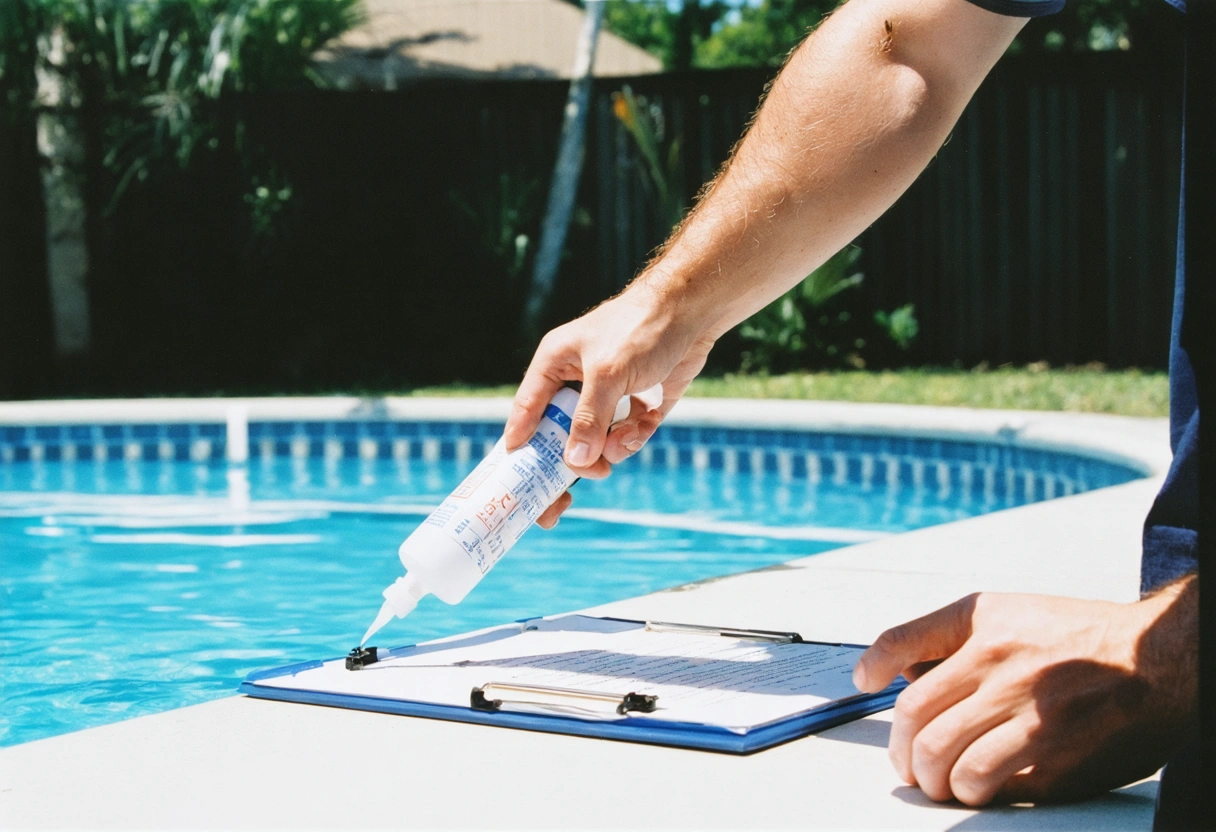
Establishing a regular inspection routine and knowing when to call in professional help are both essential for protecting your investment. For a detailed look at common repair techniques, refer to this step-by-step repair guide for aluminum structures.
What to Look for During Inspections
- Loose or Missing Fasteners: Screws and bolts can loosen over time due to vibrations from wind and rain. Tighten or replace as needed to maintain structural integrity.
- Cracked or Warped Frames: Look for any deformation of the aluminum, especially at joints and corners. Warping can indicate underlying stress or corrosion.
- Screen Damage: Torn or sagging screens not only reduce the enclosure’s effectiveness but also allow moisture and pests to enter, which can accelerate corrosion.
- Corrosion Spots: White, chalky patches or pitting on the metal surface are early signs of corrosion. Address these immediately with cleaning, sanding, and sealing.
DIY vs. Professional Repairs
Minor repairs, such as tightening fasteners or patching small areas of chipped paint, can often be handled by handy homeowners. However, if you encounter significant corrosion, frame warping, or widespread finish failure, it’s best to consult a professional. Experienced contractors have the tools and expertise to restore structural integrity and match factory-applied coatings.
Advanced Tips for Long-Term Aluminum Enclosure Durability
To truly maximize the life and appearance of your aluminum enclosures, consider implementing advanced protective strategies tailored to Southwest Florida’s unique challenges. These techniques go beyond routine cleaning and inspection, helping your structure resist the harshest conditions for years to come.
Install Gutter Systems and Drainage Solutions
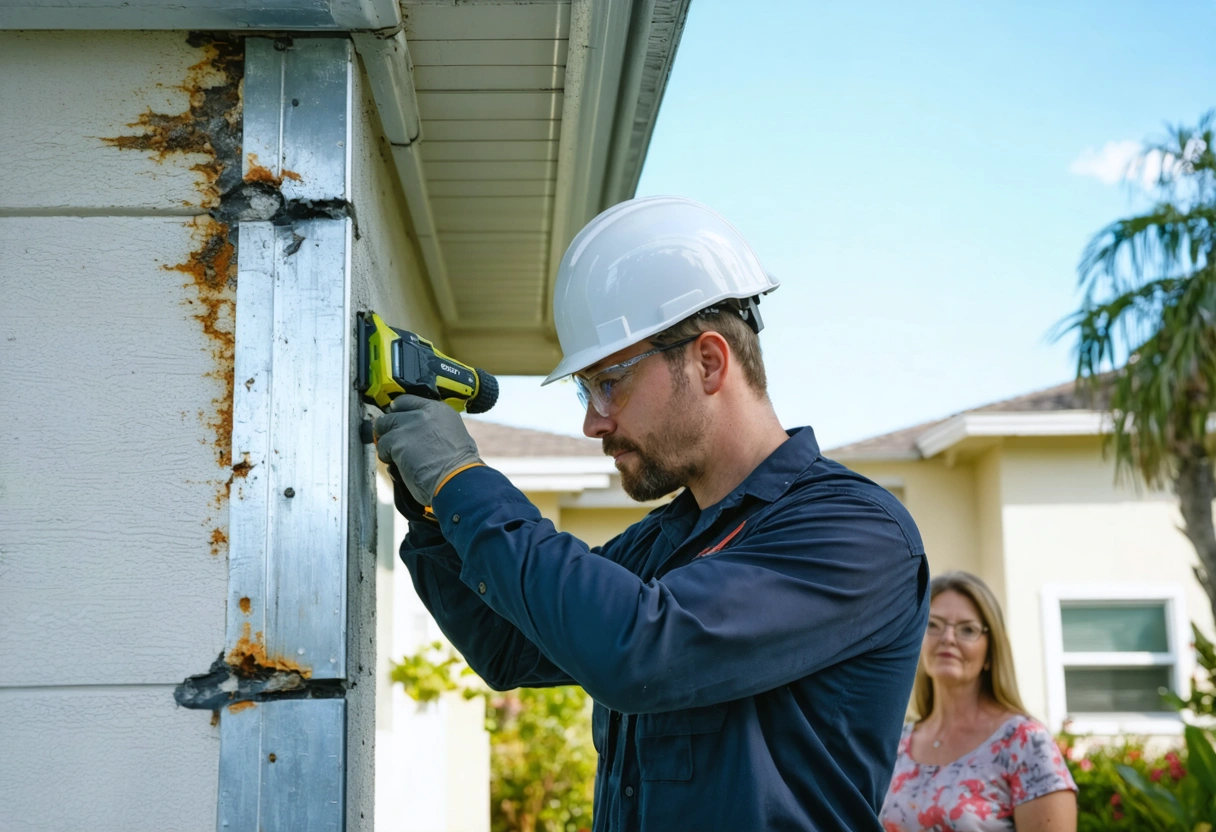
Standing water is one of the biggest threats to metal structures. By installing gutters and ensuring proper drainage around your enclosure, you can prevent water from pooling at the base and reduce the risk of corrosion. Make sure downspouts direct water away from the foundation and check regularly for clogs or leaks. For more insight into effective water management, see this informative resource on gutter maintenance.
Consider Shade Solutions
Adding shade elements such as retractable awnings, solar screens, or strategically planted trees can protect your enclosure from the sun’s most intense rays. This not only preserves the finish but also keeps your outdoor spaces cooler and more comfortable.
Use Corrosion-Resistant Fasteners and Hardware
When replacing screws, bolts, or other hardware, always opt for stainless steel or other corrosion-resistant materials. Galvanized hardware can react with aluminum, causing galvanic corrosion. Stainless steel, on the other hand, is compatible and will not rust or degrade quickly in salt air.
Schedule Professional Maintenance Every Few Years
Even the most diligent homeowner can benefit from periodic professional assessments. Skilled technicians can spot hidden issues, professionally refinish surfaces, and ensure your enclosure meets all current building codes—especially important after major storms or hurricanes.
Frequently Asked Questions About Aluminum Enclosure Maintenance
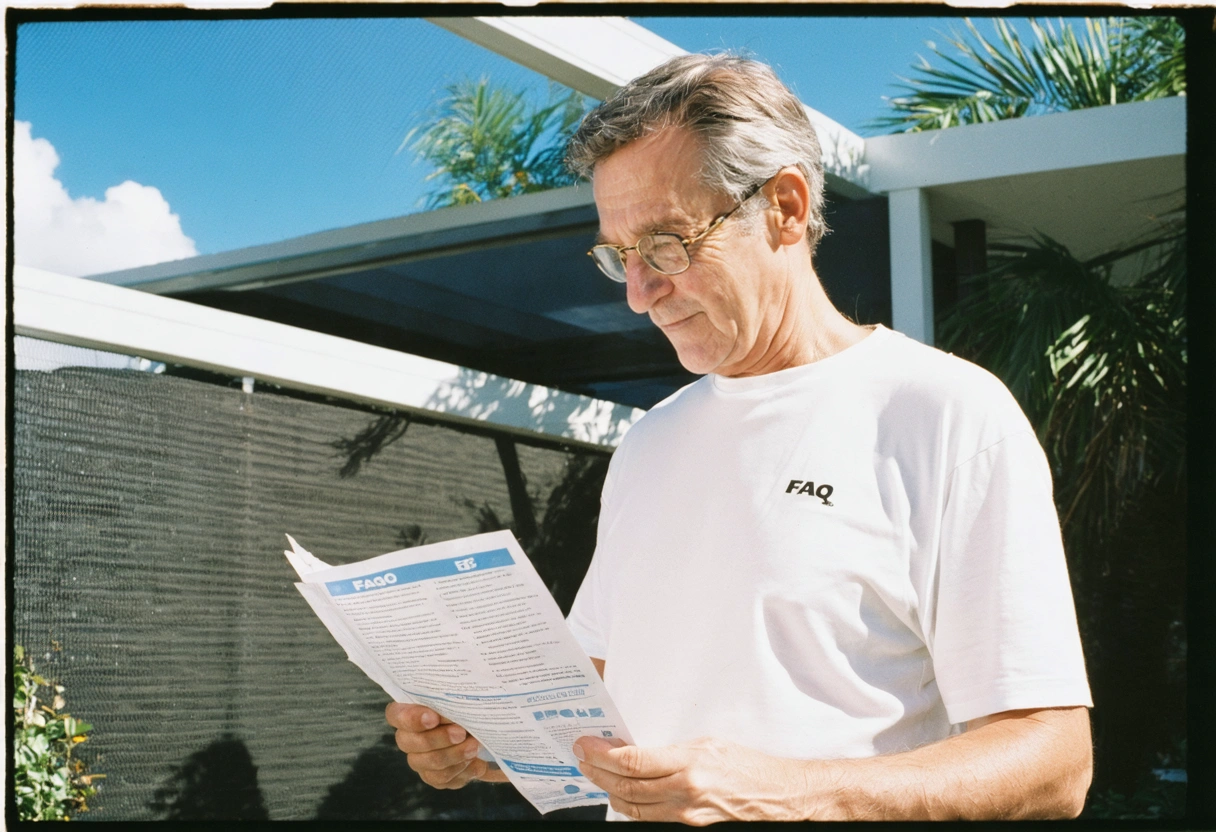
How often should I clean my aluminum enclosure?
If you live within five miles of the coast, rinse your enclosure weekly and do a thorough cleaning every one to two months. Inland homeowners can typically clean their enclosures every two to three months, but after any major storm or pollen event, clean as soon as possible to prevent buildup.
What should I avoid when cleaning aluminum?
Avoid using abrasive pads, steel wool, or acidic cleaners, which can scratch or chemically damage the finish. Stick with soft cloths, sponges, and mild detergents. For more tips, consult this trusted aluminum cleaning guide.
Can I repaint or refinish my aluminum enclosure?
Yes, but surface preparation is crucial. Remove all traces of corrosion, sand smooth, and use a primer and paint designed for metals. For best results, consider hiring a professional who can apply a durable powder-coat finish.
How do I prevent mold and mildew?
Keep the enclosure clean and dry as much as possible. Trim back vegetation to improve airflow and sunlight exposure. Treat affected areas promptly with a mild solution of water and vinegar, and rinse thoroughly.
What should I do after a major storm or hurricane?
Inspect your enclosure for loose fasteners, bent frames, and damaged screens. Rinse off salt and debris as soon as possible to prevent corrosion. If you notice major structural damage, schedule a professional inspection right away.
Invest in Lasting Beauty and Protection
Maintaining aluminum enclosures in Southwest Florida is a commitment that pays off in increased longevity, safety, and curb appeal. By understanding the region’s unique environmental challenges and following a proactive maintenance and repair routine, you can ensure your enclosure remains a valuable asset for many years. Remember, consistent cleaning, regular inspections, and prompt repairs are your best allies in combating the sun, salt, and storms of the Gulf Coast.
Stay informed, invest in quality materials, and don’t hesitate to consult with local experts for specialized needs. With the right care and attention, your aluminum enclosure will continue to provide shelter, beauty, and enjoyment—no matter what the Florida weather brings.
Need help with Ultimate Guide to Maintaining Your Aluminum Enclosures in Southwest Florida’s Climate?
